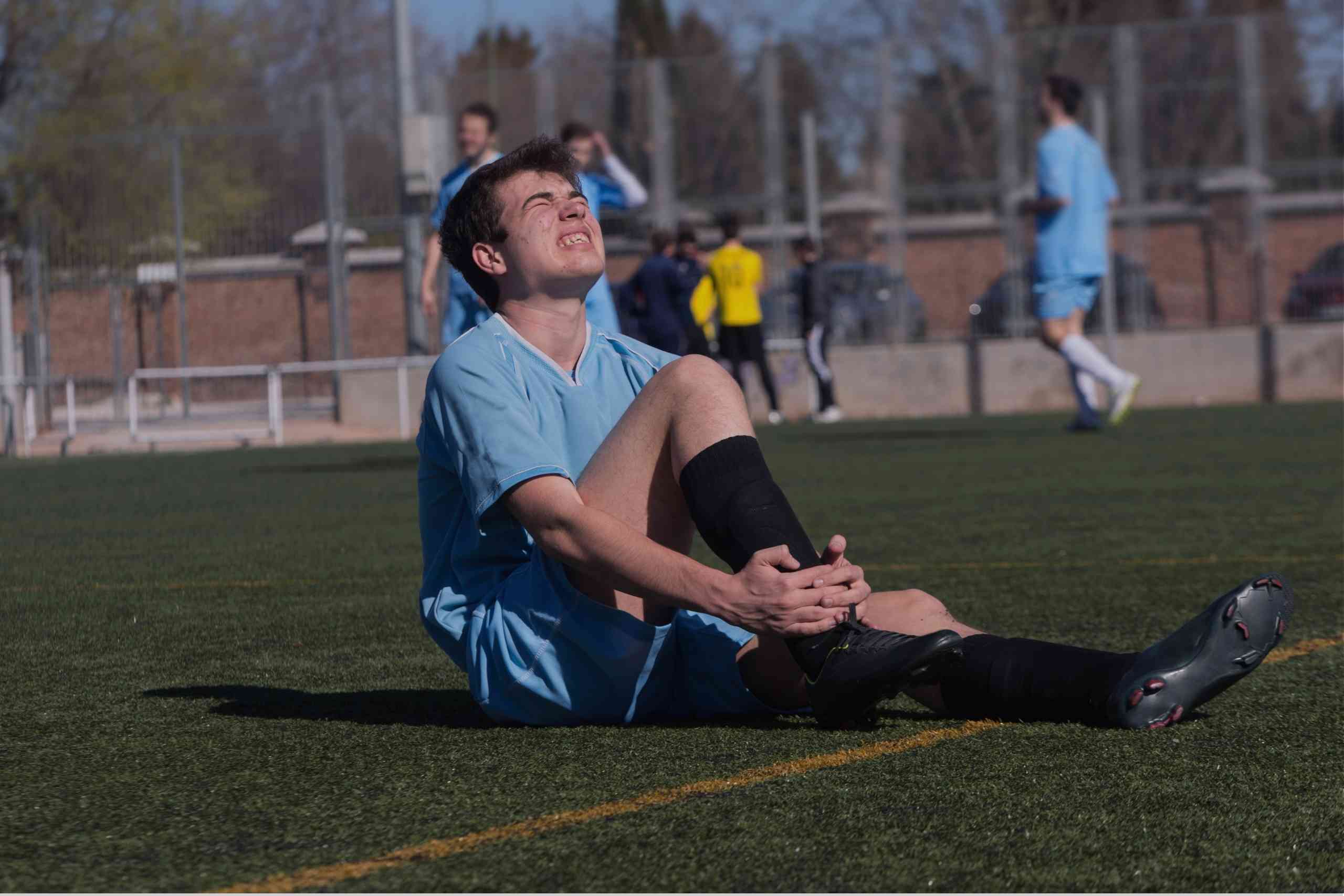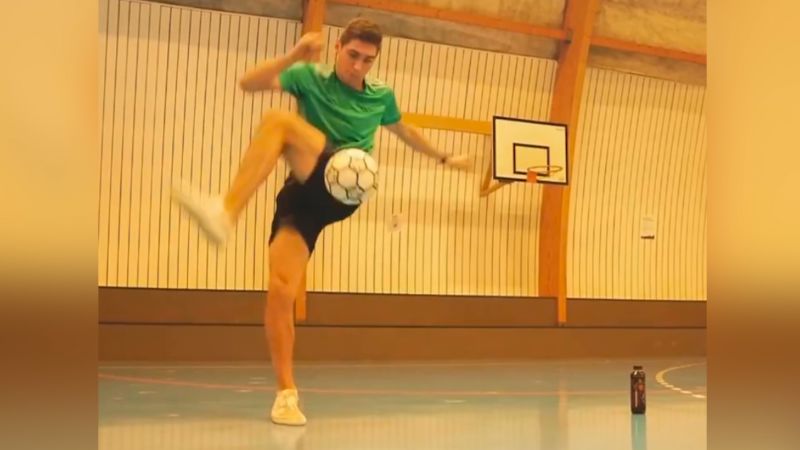The Science of Sports Injuries: Prevention And Treatment
The science of sports injuries involves understanding how injuries occur and how they can be prevented and treated. Effective prevention and treatment are crucial for athletes.
Sports injuries are a common occurrence among athletes of all levels. Understanding the mechanisms behind these injuries helps in devising effective prevention strategies. Proper training, adequate rest, and using the right equipment are essential in minimizing injury risks. When injuries do occur, prompt and appropriate treatment is vital for a quick recovery.
This often includes rest, physical therapy, and sometimes surgical intervention. Emphasizing injury prevention and efficient treatment ensures athletes can maintain peak performance and prolong their careers. Knowing the science behind sports injuries empowers both athletes and coaches to make informed decisions.
Common Sports Injuries
Sprains and strains are very common in sports. Sprains occur when ligaments are stretched or torn. Strains involve muscles or tendons being overstretched. Both injuries can cause pain, swelling, and limited movement. Rest and ice are critical first steps. Compression and elevation can also help reduce swelling. Physical therapy may be needed for severe cases.
Fractures are breaks in bones. They often occur from direct impact or trauma. Dislocations happen when bones are forced out of their normal positions. Both injuries can be very painful. Immediate medical attention is often required. Immobilization is crucial for healing. Surgery may be needed in severe cases. Proper rehabilitation is essential for full recovery.
Causes Of Sports Injuries
Overuse injuries happen when an athlete uses the same muscles too much. These injuries are common in sports like running and swimming. Repeating the same movements can cause stress on muscles and joints. This stress can lead to pain and injury.
Impact injuries occur from a sudden force. These forces can come from collisions or falls. Trauma injuries happen quickly and are often very painful. Sports like football and hockey have high risks of impact injuries. Proper gear can help reduce these risks.
Prevention Strategies
A good warm-up is very important. It helps prepare muscles for action. Start with light exercises like jogging. This increases blood flow to your muscles. Next, perform dynamic stretches. These include leg swings and arm circles. They help improve flexibility. Always warm up for at least 10 minutes.
Strength training helps make muscles stronger. It prevents injuries by supporting joints. Use weights or resistance bands. Exercises should target all major muscle groups. Conditioning exercises improve endurance. This keeps you from getting tired easily. Always balance strength with flexibility training. This ensures your muscles stay healthy and flexible.
Immediate Treatments
The R.I.C.E. method is key for treating sports injuries. Rest the injured area to prevent more harm. Use ice to reduce swelling and pain. Apply ice for 20 minutes, several times a day. Use an elastic bandage to wrap the injury. This helps with compression and reduces swelling. Lastly, elevate the injured part above heart level. This helps reduce swelling.
Always have a first aid kit during sports activities. Include items like bandages, gauze, and antiseptic wipes. Keep instant cold packs for icing injuries. Add some pain relief medication like ibuprofen. A pair of scissors and tweezers are useful too. Don’t forget adhesive tape and elastic wraps.
Rehabilitation Processes
Physical therapy helps injured athletes recover. It involves exercises and stretches. These activities strengthen muscles and improve flexibility. Therapists create personalized plans for each patient. Consistency is key for successful recovery.
A gradual return to activity is important. Sudden intense exercise can cause re-injury. Start with light activities. Gradually increase intensity and duration. This helps the body adapt slowly. Listening to your body is crucial during this phase.
Long-term Recovery
Regular check-ups help track recovery progress. Doctors use tools to measure healing. Physical exams and imaging tests show how well you are healing. Pain levels are also monitored. Keeping a recovery journal can be useful. Recording symptoms helps doctors make better decisions.
Proper warm-up exercises are crucial. Stretching helps muscles stay flexible. Strength training builds resilience. Wearing the right protective gear can prevent injuries. Rest days are essential for recovery. Never push through pain. Follow your doctor’s advice for a safe return to sports.
Conclusion
Preventing sports injuries requires proper training, equipment, and awareness. Treatment involves timely medical intervention and rehabilitation. Stay informed and proactive to enjoy sports safely. By understanding prevention and treatment, athletes can minimize risks and ensure a quicker recovery. Always prioritize safety and consult professionals for the best practices.







